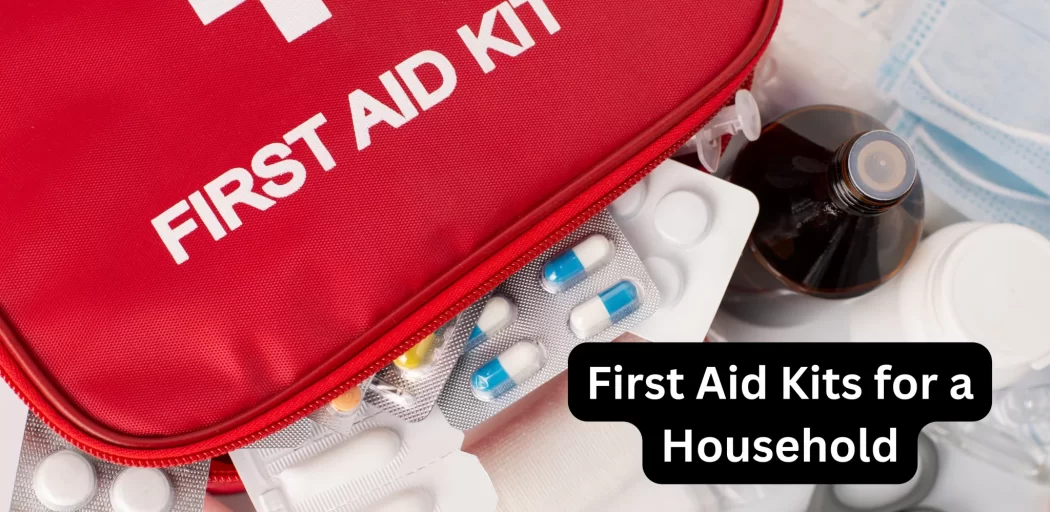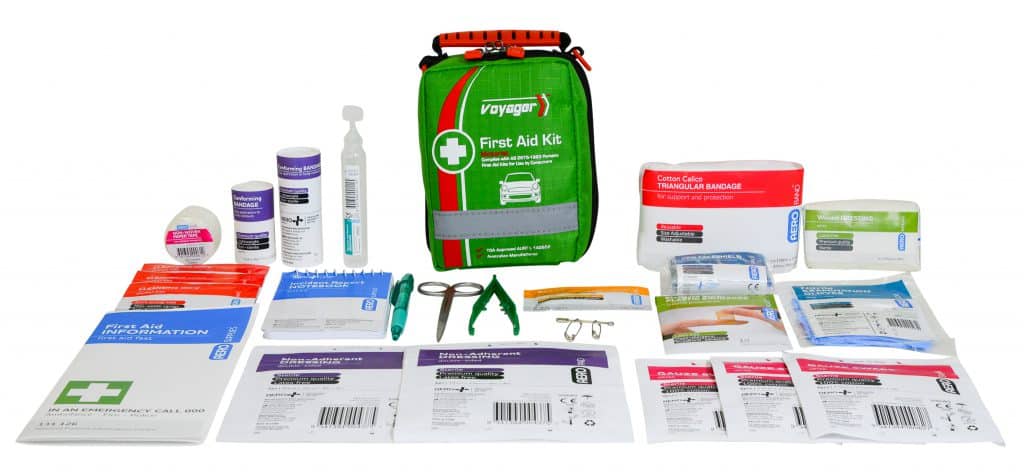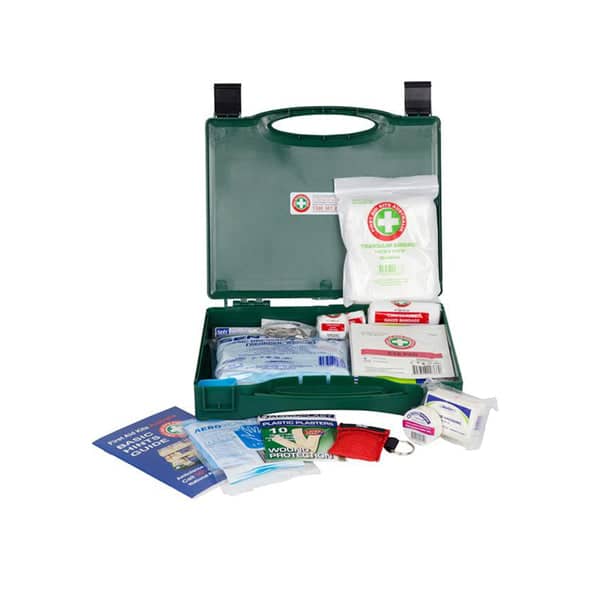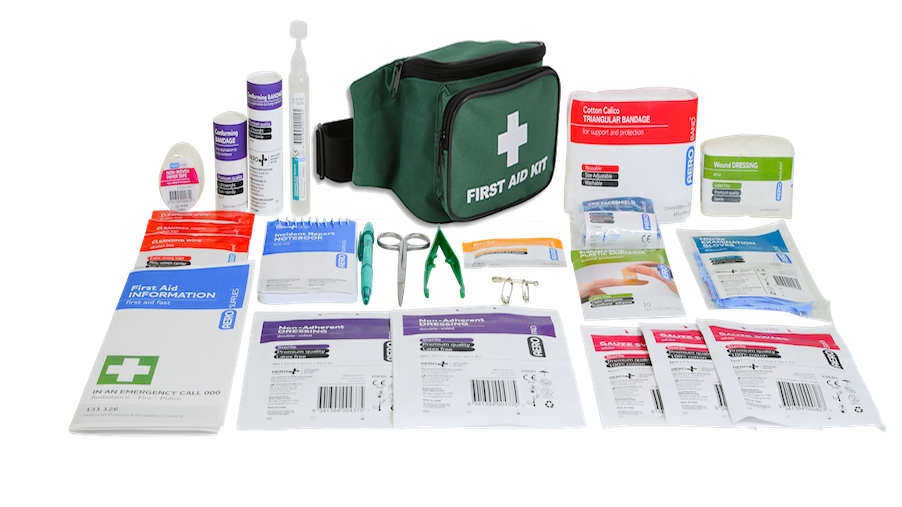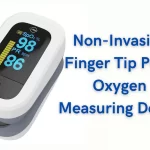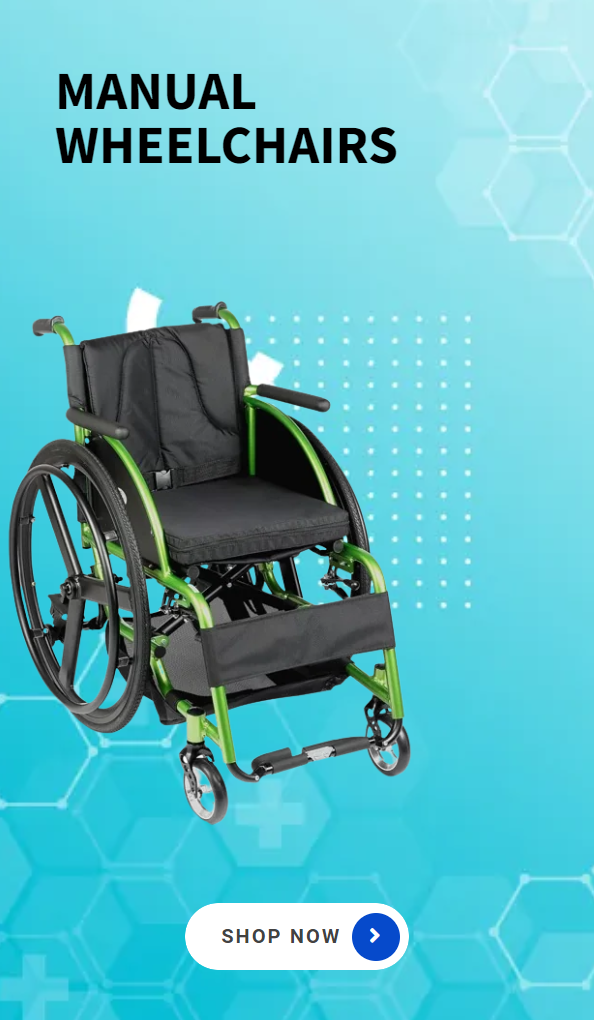Which One is Right for You?
When it comes to being prepared for emergencies, having a well-stocked first aid kit is crucial. However, with so many options available, it can be challenging to determine which type of first aid kit is best suited for your needs. In this article, we will explore the different types of first aid kits and provide insights to help you choose the right one.
What are the essential items in a basic first aid kit?
A basic first aid kit should contain essential items to address minor injuries and provide initial care. Some important items to include are adhesive bandages, sterile gauze pads, adhesive tape, antiseptic wipes, scissors, tweezers, disposable gloves, and a CPR mask. These items will allow you to handle common injuries such as cuts, scrapes, burns, and sprains.
What are specialized first aid kits?
Specialized first aid kits are designed to cater to specific needs or activities. Some examples include:
- Outdoor or Wilderness First Aid Kits: These kits are tailored for outdoor enthusiasts, hikers, and campers. They may include items like snake bite kits, emergency blankets, compasses, and insect repellent.
- Sports First Aid Kits: These kits focus on injuries commonly encountered in sports activities. They may contain items such as cold packs, athletic tape, instant ice packs, and blister treatments.
- Travel First Aid Kits: Ideal for travellers, these kits may include items like motion sickness medication, water purification tablets, sunscreen, and medications for common ailments like diarrhea or allergies.
- Pet First Aid Kit: These kits are designed specifically for pet owners and may include items such as pet-safe pain relievers, tweezers, and wound dressing materials.
What should be in a first aid kit for the home?
A first aid kit for the home should cover a broad range of injuries and medical situations. In addition to the basic items mentioned earlier, a home first aid kit should include:
- Additional sizes of adhesive bandages and sterile gauze pads
- Elastic bandages for sprains and strains
- Over-the-counter pain relievers like acetaminophen or ibuprofen
- Antihistamines for allergic reactions
- Thermometer
- First aid manual or guidebook
Why it’s important to have a travel first aid kit
Having a first aid kit while travelling is important because accidents and injuries can happen at any time and place. Being away from home and in an unfamiliar environment can increase the risk of accidents, such as falls, cuts, and burns, which can lead to injuries that require immediate medical attention. A first aid kit can provide essential medical supplies and equipment that can be used to treat minor injuries and stabilize more serious ones until professional medical help can be obtained.
When travelling to remote or rural areas, having a first aid kit can be particularly important, as access to medical facilities may be limited. In addition, some destinations may have different medical standards and practices than what you are used to, so having a first aid kit with familiar supplies can be helpful.
Having a first aid kit while travelling can also provide peace of mind and a sense of security, knowing that you are prepared for unexpected situations. It’s important to remember that accidents can happen to anyone, regardless of age, health, or fitness level, so having a well-stocked first aid kit is a wise precaution for any traveller.
What are workplace first aid kits?
Workplace first aid kits are tailored to meet the first aid needs of specific workplaces, industries, or occupations. They often comply with local occupational health and safety regulations. Depending on the nature of the workplace, the kit may include additional items such as burn dressings, eyewash solutions, safety pins, and splints.
What about specialized first aid kits for specific medical conditions?
Specialized first aid kits are available for individuals with specific medical conditions, addressing their unique needs. Let’s take a look at a couple of examples:
- Anaphylaxis First Aid Kit: People with severe allergies, particularly those at risk of anaphylaxis, may benefit from having an Anaphylaxis First Aid Kit. This kit typically includes essential medications and supplies to manage severe allergic reactions. It may contain epinephrine auto-injectors (such as EpiPen or Auvi-Q), antihistamines (like Benadryl), and other emergency medications recommended by a healthcare professional. These kits are designed to provide prompt treatment in case of an allergic emergency.
- Diabetes First Aid Kit: Individuals with diabetes should consider having a Diabetes First Aid Kit on hand to address potential medical situations related to their condition. This specialized kit typically includes supplies necessary for glucose management and insulin administration. It may contain glucose tablets or gel, insulin, syringes or insulin pens, lancets, blood glucose monitoring devices, and any additional items recommended by healthcare providers. This kit allows individuals with diabetes to manage their blood sugar levels and address related emergencies effectively.
How can you customize a first-aid kit to meet your specific needs?
To customize a first aid kit, consider the specific requirements of your environment, activities, or medical conditions. Assess potential risks and ensure you have the necessary supplies. You can also consult with medical professionals or refer to official guidelines for specific recommendations.
What can be found in a pet first aid kit?
A pet first aid kit should contain essential items to address common injuries or medical emergencies that may occur with pets. While I can provide a general list of items typically found in a pet first aid kit, it’s always recommended to consult with a veterinarian or refer to reliable sources for comprehensive and up-to-date information. Here are some commonly recommended items:
- Non-stick bandages or gauze pads
- Adhesive tape
- Self-adhering bandage wrap
- Sterile saline solution for flushing wounds or eyes
- Hydrogen peroxide (3%) to induce vomiting (only under veterinary guidance)
- Antiseptic wipes or solution
- Digital pet thermometer (rectal thermometers are most accurate for pets)
- Pet-friendly lubricant, such as water-based jelly, for thermometer insertion
- Blunt-end scissors for cutting hair or bandages
- Tweezers or tick removal tool
- Sterile saline eye drops
- Styptic powder or gel to stop bleeding from minor cuts or nail trimming
- Disposable gloves
- Muzzle or cloth strips (to prevent biting in case of extreme pain or distress)
- Emergency contact numbers, including your veterinarian’s contact information and poison control hotline number
- Any necessary medications specific to your pet’s needs
- Pet first aid guide or booklet for reference
Remember to regularly check the contents of your pet first aid kit and replace expired or used items as needed. Additionally, consult with a veterinarian to customize the kit based on your pet’s specific needs, medical conditions, or any activities you engage in together.
Conclusion
Selecting the right first aid kit is essential for being prepared in emergencies. Whether you opt for a basic kit or a specialized one, it’s crucial to ensure it contains the necessary supplies to address common injuries and cater to your specific needs. By understanding the different types of first aid kits and customizing them as necessary, you can be better prepared to handle unforeseen situations effectively.
My Medici has a great range of different types of first aid kits to suit all needs. Take a look at the range available.
Sources:
American Academy of Allergy, Asthma & Immunology (AAAAI) – “Anaphylaxis Emergency Action Plan” (https://www.aaaai.org/conditions-and-treatments/allergies/anaphylaxis)
American Diabetes Association – “Diabetes First Aid” (https://www.diabetes.org/diabetes/first-aid)
American Veterinary Medical Association (AVMA) – “First Aid Kit” (https://www.avma.org/resources-tools/pet-owners/emergencycare/pet-first-aid-kit)
American Red Cross – “Pet First Aid App” (https://www.redcross.org/get-help/how-to-prepare-for-emergencies/mobile-apps/pet-first-aid-app.html)




